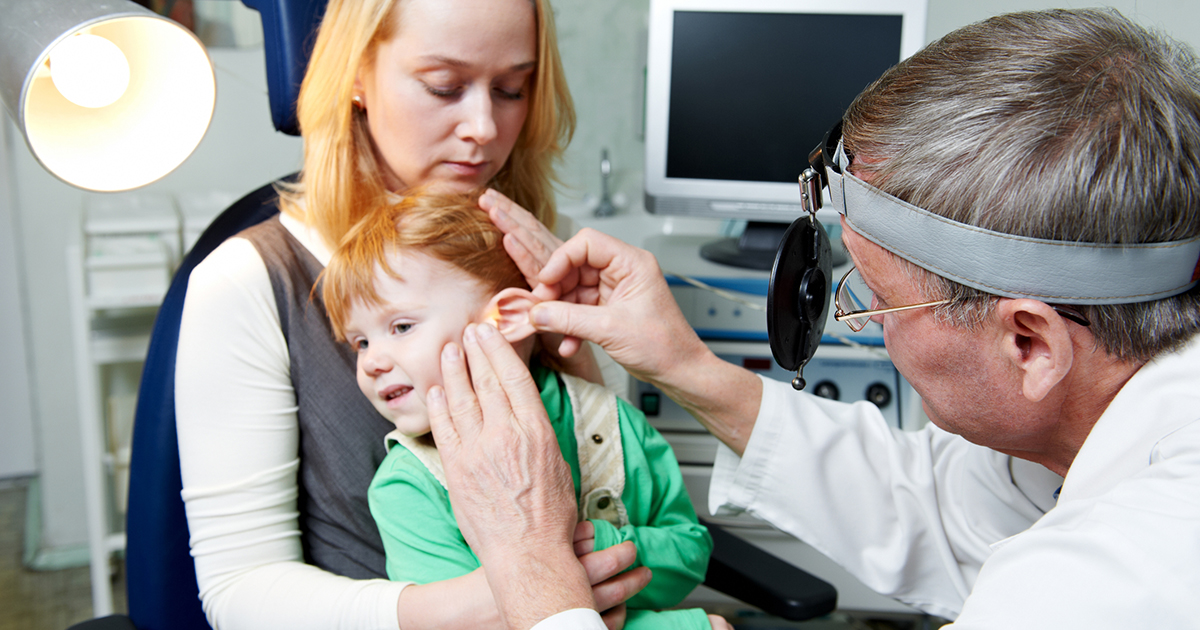Key Symptoms Linked To Werner Syndrome
Werner syndrome is a condition that causes an affected individual to age prematurely. Patients with this condition can grow as expected until the age where they begin puberty. Following puberty, Werner syndrome patients do not continue to grow as a healthy individual would. An affected individual begins to experience medical problems normally associated with late adulthood by the time they have reached thirty years old. The development of cancer is more likely to occur in individuals with Werner syndrome, including skin and thyroid cancers.
An inherited mutation in the WRN gene is known to be the cause of Warner syndrome. Diagnosis of Werner syndrome is made with the use of a physical examination and genetic blood testing. There is no cure for Werner syndrome and treatment centers around symptom management and the prevention of numerous complications, including heart disease and cancer.
Slow Growth Rate

One of the most prevalent symptoms in Werner syndrome is an abnormally slow growth rate. Children affected by Werner syndrome are abnormally thin, and their growth begins to slow when they reach late childhood. A child who has Werner syndrome will appear to weigh less and be shorter than their peers of the same age. Healthy children typically experience what is called a growth spurt during puberty that causes their long bones to grow, and their body height increases significantly.
However, Werner syndrome patients do not go through this adolescent growth spurt at all. The final height of an individual who has Werner syndrome is reached by the time they are thirteen years old. Due to this malfunction, affected individuals end up having an abnormally short stature throughout their life. A female with Werner syndrome will not have fully developed ovaries, and a male will not have fully developed testes. This lack of growth is referred to using the term hypogonadism. It is generally rare for Werner syndrome patients to have the ability to have a biological child.
Premature Gray Hair

There are specific cells that give an individual's hair color through the production of pigment or melanin. An individual who has Werner syndrome is known to age much quicker than healthy individuals due to the genetic mutation in their cells that causes them to be unable to repair damage to cellular DNA. This malfunction means the cells that produce melanin that give the hair its color begin to die off much quicker in Werner syndrome patients than they do in appropriately aging individuals.
These pigment-producing cells that become damaged cannot be repaired or replaced in affected individuals, leading to the early onset of hair with little or no pigment in it. Hair with a lack of melanin will turn grey at first, and will progressively lighten to white. Premature gray hair can also be the result of thyroid problems and nutritional deficiencies that can also occur in individuals affected by Werner syndrome.
